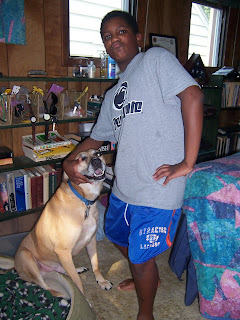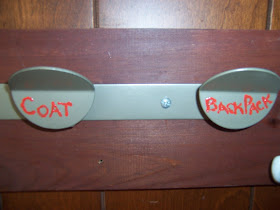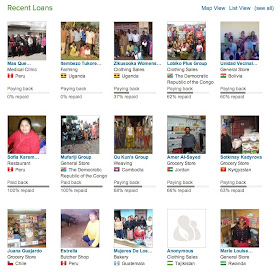Summary advice from September
September 1 | Make charitable microloans |
September 2 | Cheap water/exercise is healthier than costly soda/videogames |
September 3 | Make tool hangers |
September 5 | Cut toothpaste tubes in half |
September 6 | Sort clothes into one-week piles |
September 7 | Pull good stuff out of trash piles |
September 8 | Volunteer |
September 9 | Label coat hooks and light switches |
September 10 | Set aside "special toys" for special times |
September 12 | Make homemade bread |
September 13 | Decorate soap dispensers with children |
September 14 | Hand-me downs come with a story |
September 15 | Consider adoption (or don't) |
September 16 | Have patience before buying furnishings |
September 17 | Make storage containers from boxes |
September 19 | Store travel mugs with other travel items |
September 20 | Take family pictures instead of school pictures |
September 21 | Invest in the grocery market |
September 22 | Share what you don't need with those who do need |
September 23 | Mommy dollars can change kid's behavior |
September 24 | Ask around before you buy something big |
September 26 | 6 ways to spend less money on clothes |
September 27 | Decorate a cake with toys and buckets |
September 28 | Frugality gets a bad rap in the press |
September 29 | Share status |



























